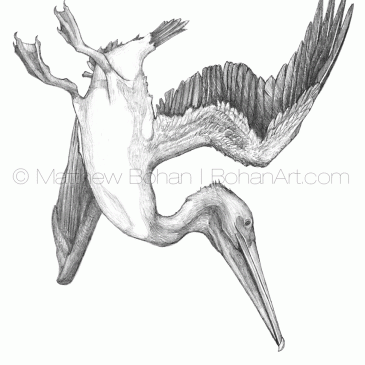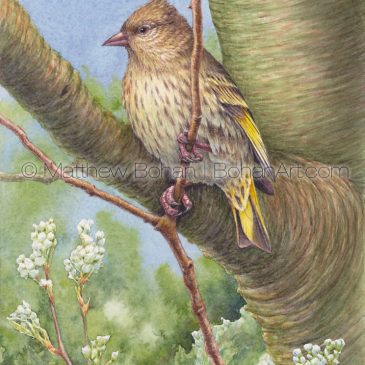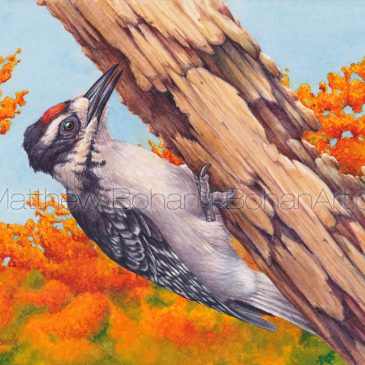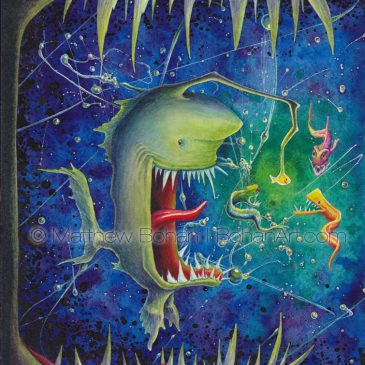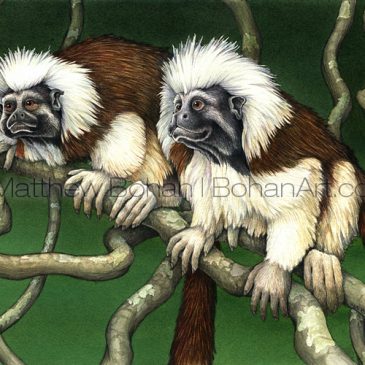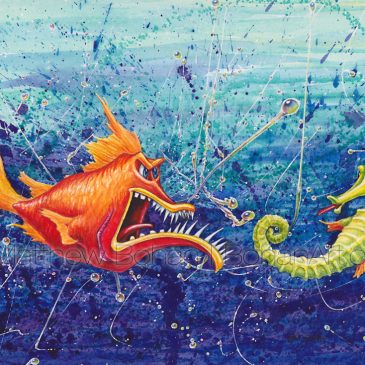Diving Brown Pelican Pencil Sketch p76
This drawing is from an old photo. I got the reference for this diving pelican years ago from the pier near the lighthouse on Sanibel Island. I was on a photo trip with my brother Ted, and what a great time we … Continued
Reckless Jumping Spider Transparent Watercolor and Painting Video
Yes, it is a watercolor painting of a spider. Sorry if you’re not a fan, but I really like jumping spiders and enjoy photographing, drawing and painting them. These interesting little guys are ambush predators, pouncing on their prey much like a … Continued
Golden-crowned Kinglets Transparent Watercolor and Painting Video
Golden-crowned Kinglets are powerfully cute, so this transparent watercolor painting was great fun to complete. In our house family members tend to get distracted by birds in the yard. That is a hazard—and benefit—of homeschooling the kids. It’s also probably one reason why our … Continued
Pine Siskin Transparent Watercolor & Time-Lapse Video
This is a 7 x 10-inch transparent watercolor painting of a Pine Siskin on Arches 140lb hot pressed paper. I’ve had this sketch sitting around for a while and thought it would be fun to paint. I’ve always loved Pine … Continued
BohanArt.com Website Update (!)
Over 40 new images and an animation demo reel are now on display at BohanArt.com! Click on over to see what you’ve missed.
Juvenile Hairy Woodpecker Transparent Watercolor & Time-Lapse Video
When I was staring out as a birder, I’d get confused between Downy Woodpeckers and Hairy Woodpeckers. At first peek they sure look alike. I think they were problematic for a few reasons. First, let’s be honest, the names stink … Continued
Cotton-top Tamarin: Throwback Thursday
I did this painting a while back. It’s based on photos taken at the Potter Park Zoo in Lansing, Michigan. Aside from being unbelievably beautiful, cotton-top tamarins are interesting animals. These tiny primates have highly developed communication skills and exhibit … Continued
Hairy Woodpecker Pencil Sketch p75
Its been a while since I’ve posted a plain old sketch. This is one of the Hairy Woodpeckers that frequents our suet feeders. We’ve been fortunate to have Hairy Woodpeckers regularly visit our suet feeders for the last few years. As an added … Continued

